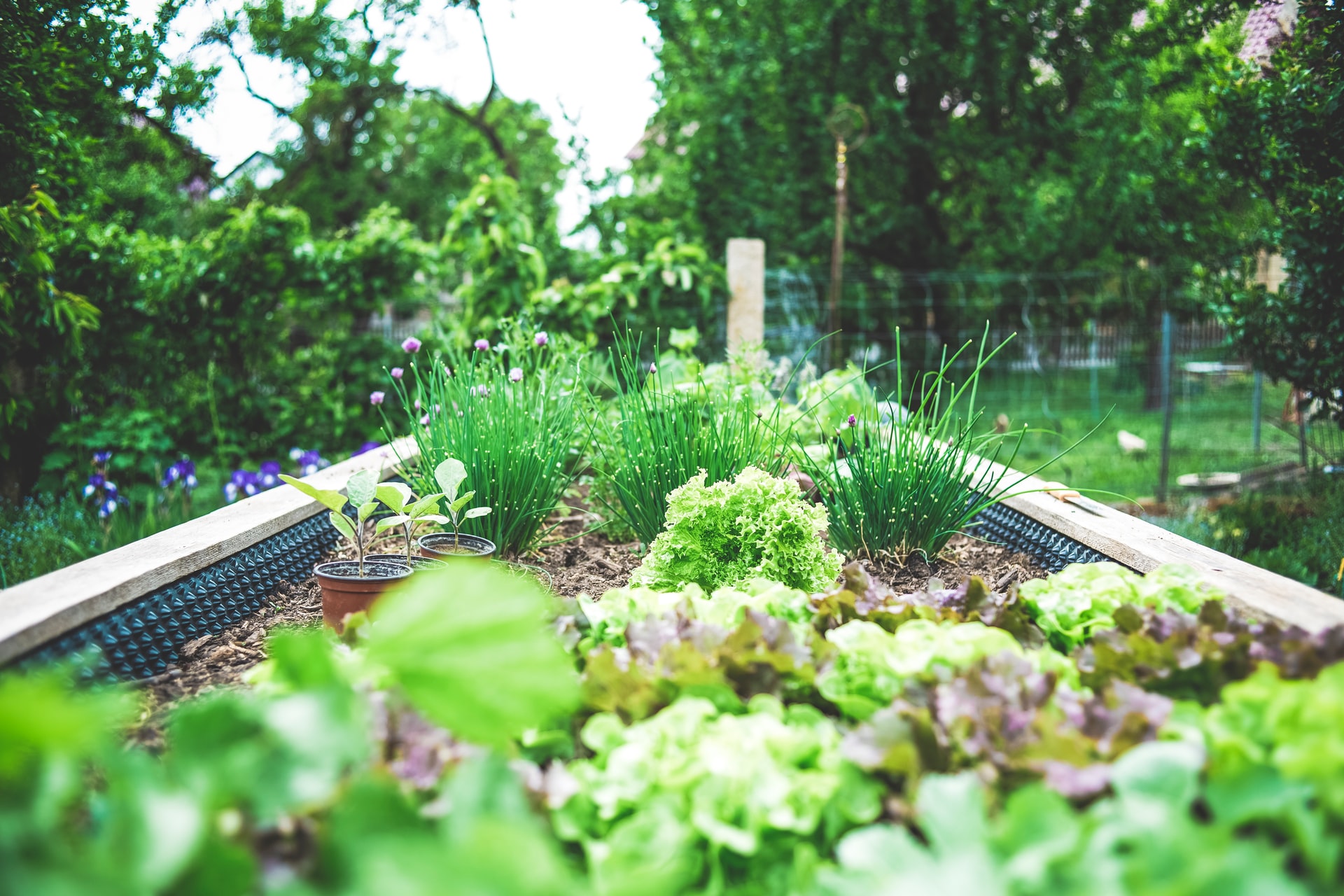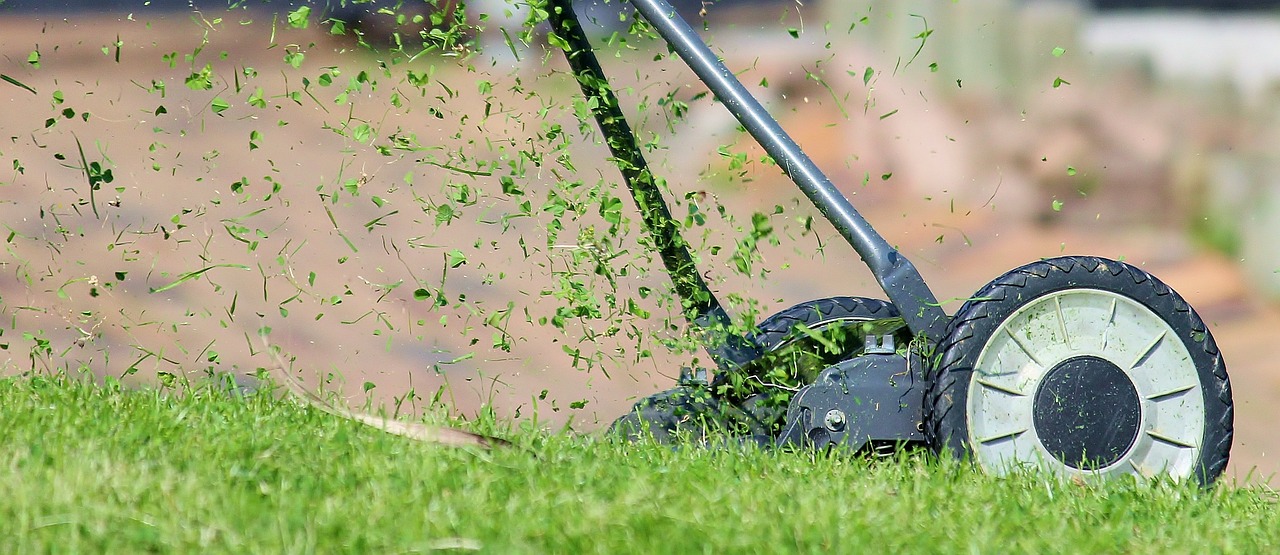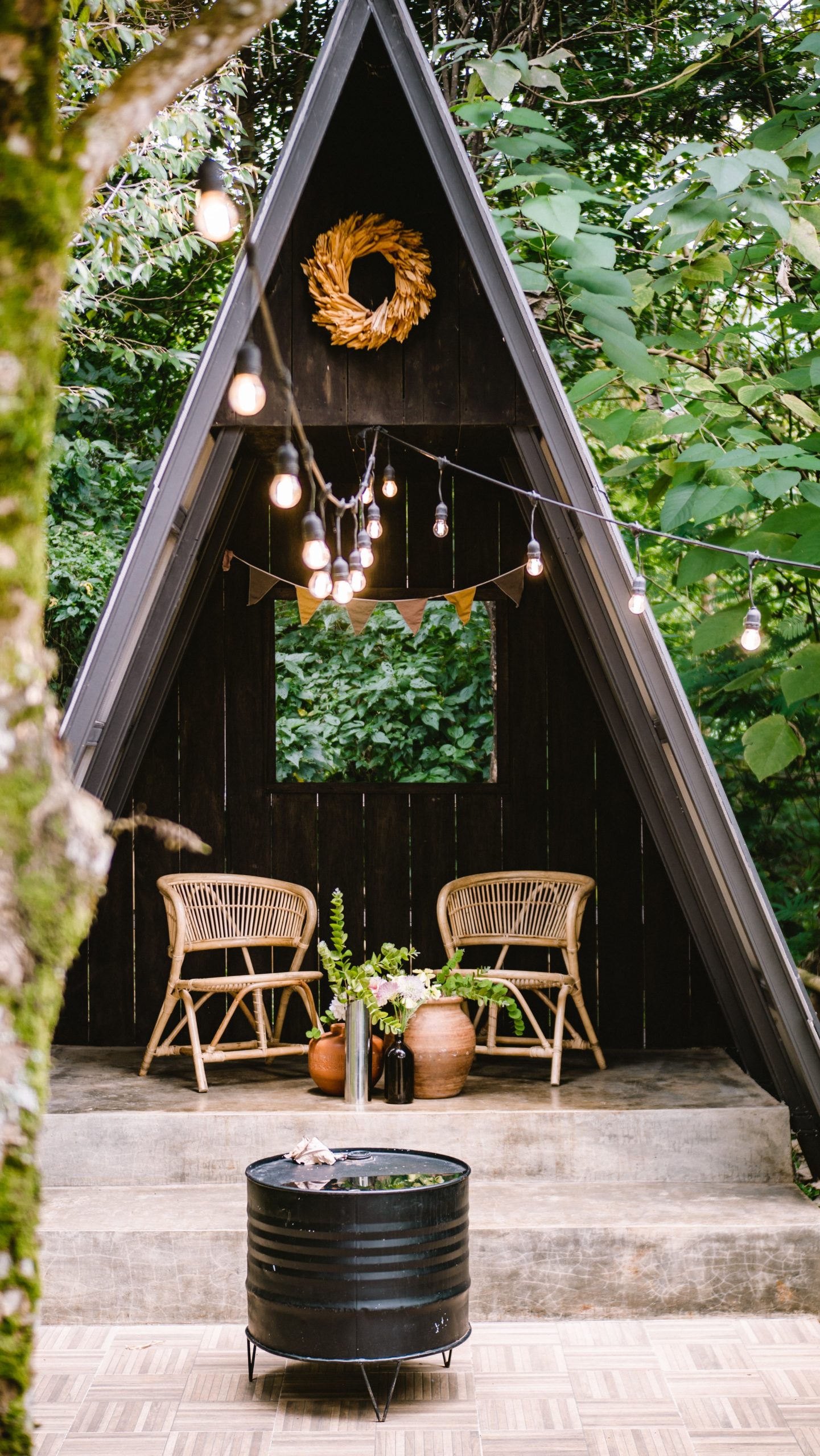A writer once said that gardens are essential for the creative process in the mind.
A physician once said that gardens can be more powerful than any medication.
We’ve all had the experience of strolling through a garden and finding our mind calmed and reinvigorated and our spirit refreshed. The benefits of gardening to mental health were introduced to me through Sue Stuart-Smith’s “The Well-Gardened Mind.”In recent years, the healing powers of garden plants have become widely acknowledged in most countries and yet there is a shortage of poetry to extol the health benefits of green plants.
But, I’m afraid that not all plants have the same therapeutic power.
After giving this one a thorough read, you’ll find that not all plants have soothing qualities and some have a pretty dark side.
#1. Lily Of The Valley

Native to the Northern Hemisphere, the Lily Of The Valley is not really a lily but a perennial flower that belongs to the Liliaceae family. This beautiful white, nodding bell-shaped flower usually blooms in the late spring.
With medium-bright green leaves, slightly arching flower stems and a sweet fragrance, Lily of the Valley makes a stunning cut flower that can attract children and pets with its beauty.
Christian mythology says that this delicate flower was created from Mary Magdalene’s tears after Jesus’ crucifixion. Some other Christian legend claims that the flower sprang from Eve’s tears when she was exiled from the Garden of Eden.
People might have assumed that this moisture-loving plant can bring luck in love – which explains why it’s a wedding-bouquet favorite – but according to scientists, this flower contains a lot of toxic cardiac glycosides and in case of ingestion, it can cause blurry vision, vomiting, diarrhea, skin rashes, headaches, drowsiness, disorientation, nausea and irregular heartbeat.
#2. Giant Hogweed

Also known as Heracleum mantegazzianum, the Giant Hogweed is a plant that was initially introduced as an ornamental plant to Britain during the 19th century. Today, it can be found throughout North America and is regarded as a particular nuisance in Canada, the United States and in the United Kingdom.
This plant is noteworthy because it can cause phytophotodermatitis – a chemical reaction that causes the skin to erupt in severe blisters when exposed to sunlight. And this pain comes from the sap of the leaves, when it comes into contact with human skin. It’s worst when it comes into contact with the eyes, as it can also cause blindness.
#3. Stinging Nettle

The name says it all.
The scientific name of this plant, Urtica dioica, originates from a Latin word uro that means “to burn.”
Indeed, the fine hairs on the leaves and stems of the plant can release irritating chemicals when they come into contact with the skin. These hairs or spines can be very painful and can even break out in inflammation.
Despite the proven benefits of these plants, it is better to avoid bringing them in your garden.
#4. Hydrangea

Hydrangea or Hortensia is a medium-sized, summer-flowering shrub native to Asia and the United States. With long-lasting blue, white, pink, violet, or chartreuse flowers and an easygoing disposition, these shrubs usually bloom every year from spring until autumn.
These deciduous beauties with large, bell-shaped flowers that can reach up to 30cm in diameter can be grown in just about any landscape.
However, one ugly truth that you need to know is that several parts of this plant such as the flowers, the leaves and the buds contain cyanide – one of the most dangerous poisons known to man that has earned such a popular reputation for causing an almost immediate death.
So, I doubt you’ll want to keep that in your garden.
Tell me, do you know any other poisonous plants that should be avoided at all costs?



